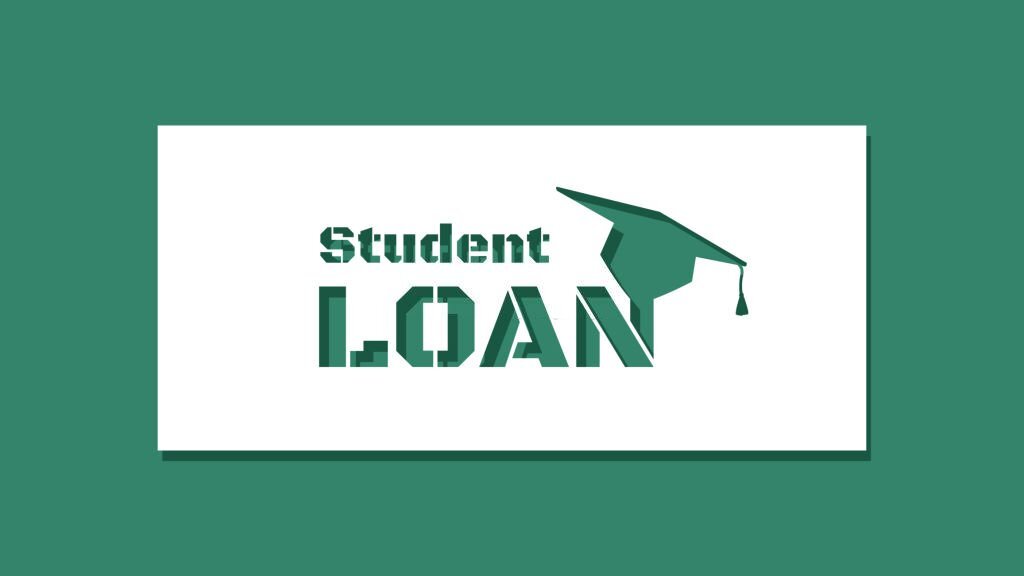When it comes to student loans, understanding the factors that influence interest rates is crucial. These factors can significantly impact the cost of borrowing and the overall repayment amount. In this comprehensive guide, we will delve into the various factors that lenders consider when determining the interest rates on student loans. By familiarizing yourself with these factors, you can make informed decisions and potentially secure more favorable interest rates. Let’s explore each factor in detail:
1. Type of Loan:
The type of loan you choose can have a significant impact on the interest rate. In general, there are two main types of student loans: federal and private. Federal student loans are backed by the government, and their interest rates are determined by federal regulations. These rates are generally fixed and do not change over the life of the loan. Private student loans, on the other hand, are offered by banks, credit unions, and online lenders. Private loans can have both fixed and variable interest rates. Fixed rates remain the same throughout the loan term, while variable rates can fluctuate based on market conditions.
Federal Student Loans:
– Direct Subsidized Loans: These loans are available to undergraduate students with demonstrated financial need. The interest rates for Direct Subsidized Loans are typically lower compared to other federal loan types.
– Direct Unsubsidized Loans: These loans are available to both undergraduate and graduate students. Unlike Subsidized Loans, interest starts accruing immediately upon disbursement.
– Direct PLUS Loans: These loans are available to graduate students and parents of dependent undergraduate students. PLUS Loans typically have higher interest rates compared to other federal loan types.
Private Student Loans:
– Fixed-Rate Loans: Private lenders may offer fixed interest rates on student loans. These rates remain unchanged throughout the loan term, providing borrowers with stability and predictability in their monthly payments.
– Variable-Rate Loans: Some private lenders offer variable interest rates, which are subject to change based on market conditions. These rates can fluctuate over time, potentially resulting in higher or lower monthly payments.
2. Creditworthiness:
Creditworthiness refers to your financial profile and credit history. Lenders assess your creditworthiness to determine the risk associated with lending you money. Factors such as credit score, income, employment history, and debt-to-income ratio are considered when evaluating your creditworthiness. Borrowers with a higher credit score and a strong financial background are generally considered less risky by lenders. As a result, they may qualify for lower interest rates. Conversely, borrowers with lower credit scores or limited credit history may be offered higher interest rates to compensate for the perceived risk.
Improving Creditworthiness:
– Build and Maintain Good Credit: Paying bills on time, keeping credit card balances low, and maintaining a mix of credit types can help improve your credit score over time.
– Reduce Debt-to-Income Ratio: Lenders prefer borrowers with a lower debt-to-income ratio, as it indicates a lower risk of default. Paying off existing debts or increasing your income can help improve this ratio.
3. Market Conditions:
Interest rates on student loans can be influenced by broader market conditions. Lenders take into account factors such as the current state of the economy, inflation rates, and changes in the lending industry. The Federal Reserve’s monetary policy also plays a role in determining interest rates. When the economy is strong and inflation is low, interest rates tend to be lower. Conversely, during periods of economic uncertainty or inflationary pressures, interest rates may rise. Keeping an eye on market trends can help you make informed decisions about when to borrow and lock in favorable interest rates.
4. Loan Repayment Term:
The length of the loan repayment term can impact the interest rate you are offered. Typically, student loans come with various repayment term options, ranging from 5 to 25 years or more. Loans with longer repayment terms often have higher interest rates compared to loans with shorter terms. This is because longer-term loans carry a higher risk for lenders. The longer the loan term, the more time there is for changes in market conditions, potential default, or other financial uncertainties. Lenders may mitigate this risk by charging slightly higher interest rates for longer-term loans.
5. Loan Amount:
The amount of money you borrow can also influence the interest rate on your student loan. In some cases, lenders offer lower interest rates for larger loan amounts, while smaller loans may come with slightly higher interest rates. This is due to various factors, including administrative costs and the potential profitability for the lender. Additionally, larger loan amounts may require more extensive credit checks and documentation, which can influence the interest rate you are offered.
6. Loan Type and Program:
Different loan types and programs may have varying interest rate structures. For instance, federal student loans have fixed interest rates determined by the government. The specific rates for federal loans are set annually based on the prevailing market conditions. Private student loans, on the other hand, can have a wider range of interest rates. Private lenders consider factors such as creditworthiness, loan repayment options, and market competition when determining interest rates. Additionally, certain loan programs, such as income-driven repayment plans, may have specific interest rate calculations based on your income and family size.
7. Co-signer or Credit Enhancements:
If you apply for a private student loan and have a creditworthy co-signer, it can positively impact the interest rate you are offered. Lenders take into consideration the creditworthiness and financial stability of the co-signer when determining the interest rate. Having a co-signer with an excellent credit history and financial background can potentially lower the interest rate on your loan. This is because the co-signer provides an additional layer of security for the lender in case you are unable to repay the loan. Furthermore, some lenders offer interest rate reductions or incentives for borrowers who meet specific credit requirements or opt for certain repayment options. These credit enhancements can help borrowers secure lower interest rates.
8. Economic Indicators:
In addition to market conditions, lenders consider various economic indicators when determining interest rates. These indicators can include the unemployment rate, inflation rate, GDP growth rate, and overall economic outlook. Positive economic indicators can lead to lower interest rates, as lenders have more confidence in borrowers’ ability to repay their loans. On the other hand, negative economic indicators may result in higher interest rates, as lenders try to mitigate potential risks associated with lending.
9. Repayment Plan:
The repayment plan you choose can also influence the interest rate on your student loan. Some lenders offer different interest rate options depending on the repayment plan you select. For example, some lenders may offer lower interest rates for borrowers who opt for automatic payments or enroll in income-driven repayment plans. These incentives encourage responsible repayment behavior and provide borrowers with the opportunity to save on interest over the life of the loan.
It’s important to note that the specific weight and influence of these factors can vary between lenders and loan programs. Each lender has its own underwriting criteria and risk assessment methods. Therefore, it’s essential to research and compare offers from multiple lenders to find the most favorable interest rates and loan terms that suit your financial situation. By understanding these factors, you can take proactive steps to improve your creditworthiness, stay informed about market conditions, and make educated decisions when it comes to borrowing for your education.










